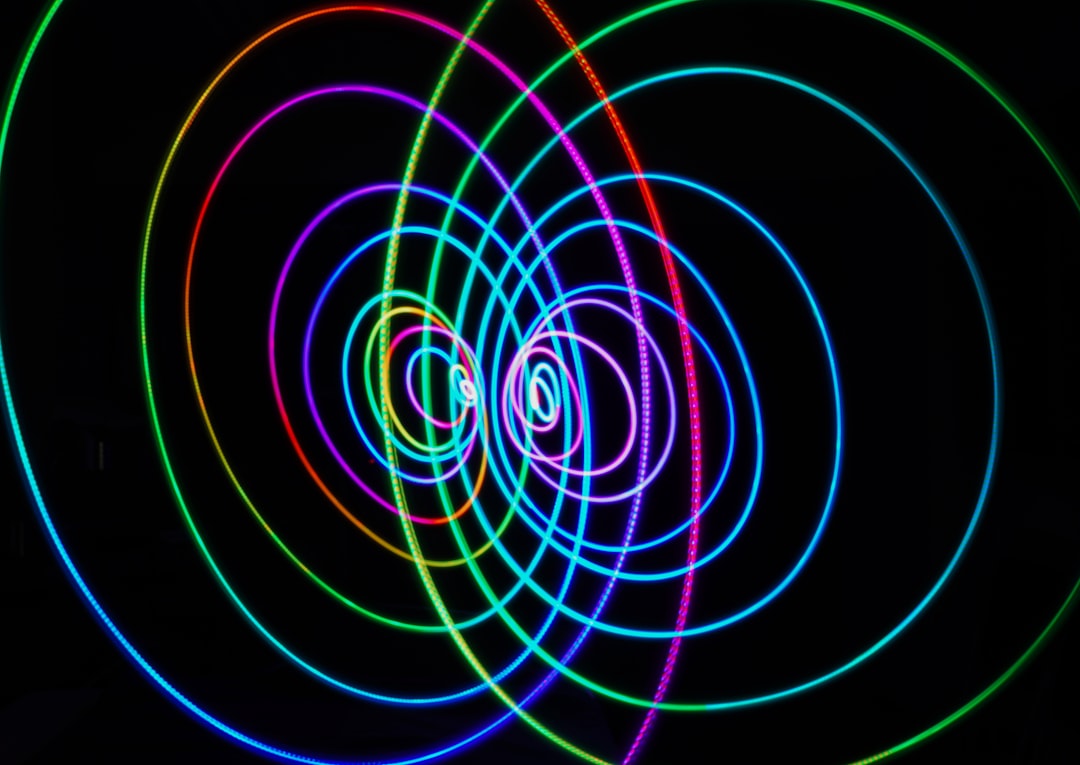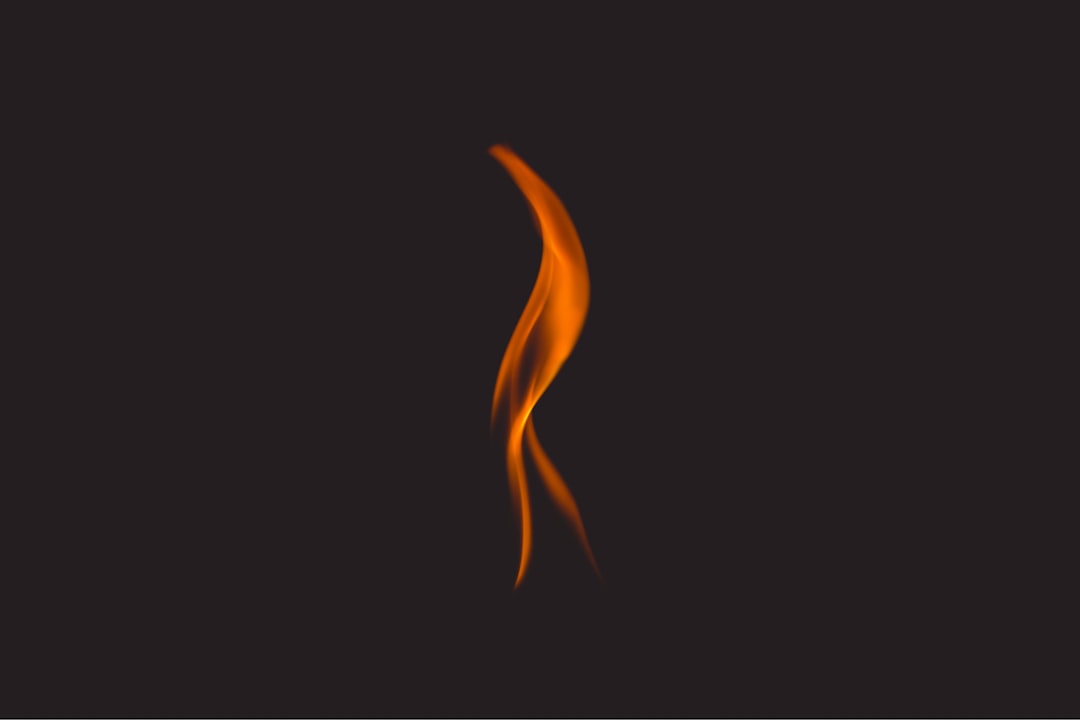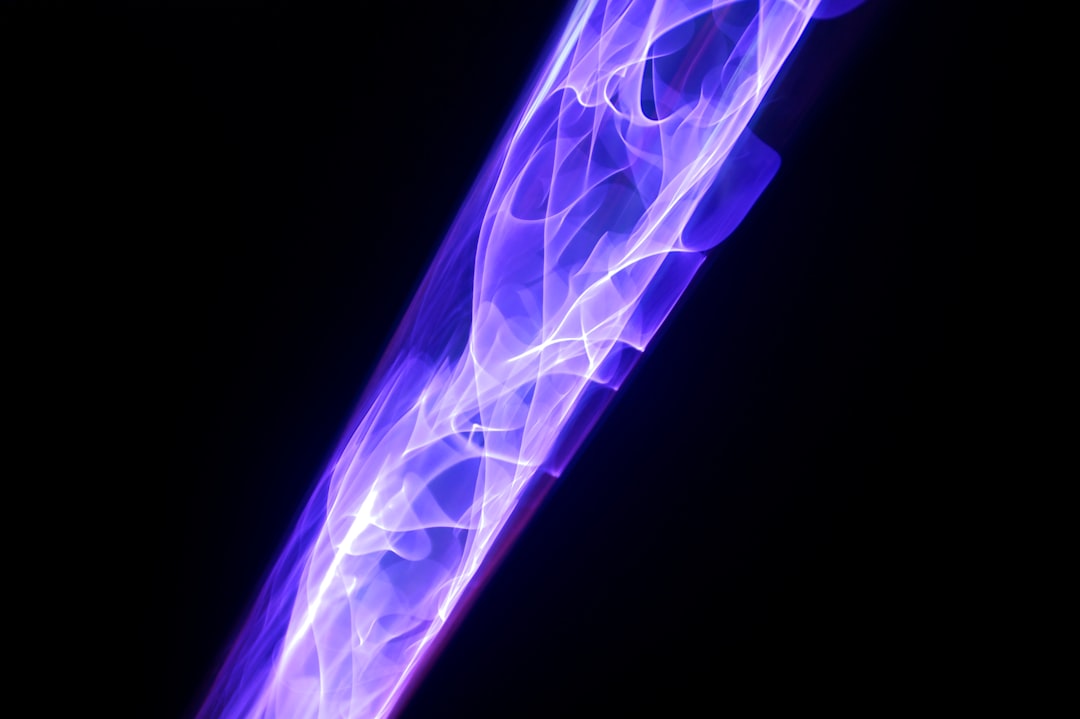What is it about?
This article is the "History of Science" story by the scientist who performed the work 50 years earlier. The X-ray crystallographic structures of most protein crystals are now determined using synchrotron radiation while cooled to liquid nitrogen temperatures. This article describes how cryo-cooling of macro-molecular crystals was discovered in 1967 and successfully demonstrated to reduced radiation damage in 1970. Cryo-cooling was not used seriously until the 1990s (20 years later), but today, more than 90% of all X-ray structures deposited in the Protein Data Bank were cryo-cooled. Cryo-cooling of macro-molecular crystals is now universally used with the intense synchrotron X-ray sources.
Featured Image

Photo by National Cancer Institute on Unsplash
Why is it important?
This paper recounts the first successful cryo-cooling of protein crystals that demonstrated the reduced X-ray damage to macro-molecular crystals. The project was suggested by David C Phillips in 1965 at the Royal Institution of Great Britain, continued in 1967 at the Weizmann Institute of Science where the first cryo-cooling experiments were performed on lysozyme crystals and completed in 1969 at Purdue University on lactate dehydrogenase crystals. A 1970 publication in Acta Crystallographica described the cryo procedures, the use of cryo-protectants to prevent ice formation, the importance of fast, isotropic cryo-cooling and the collection of analytical data showing more than a ten-fold decrease in radiation damage in cryo-cooled lactate dehydrogenase crystals. This was the first demonstration of any method that reduces radiation damage in protein crystals which provided crystallographers with suitable means to employ synchrotron X-ray sources for protein crystal analysis. Today, fifty years later, more than 90% of the crystal structures deposited in the Protein Data Bank were cryo-cooled.
Perspectives
I performed this scientific research in three different laboratories as a postdoc. I believed that the original research objective was sufficiently important that I was determined to get an answer - positive or negative. As a young scientist, I was fortunate to have many outstanding/motivating mentors, fortuitous resources and plenty-of-luck. Not being able to obtain a research position in 1970, I joined industry and now, in hindsight, this was exactly the right opportunity for me. For 50 years, I assumed that cryo-cooling was basically worthless. Since 2015 when I rediscovered macro-molecular cryocrystallography (Structural Biology), this has been the greatest learning experience of my life - a true Back-to-the-Future experience. To all the present day young scientists, your work can also be "Science for the Benefit of Humanity".
Dr. David J Haas
Read the Original
This page is a summary of: The early history of cryo-cooling for macromolecular crystallography, IUCrJ, January 2020, International Union of Crystallography,
DOI: 10.1107/s2052252519016993.
You can read the full text:
Resources
Living History Biography by the American Crystallographic Association January 2016
xx
Cold Springs Harbor Laboratory Article January 24, 2018
xx
Crystallographic studies on lactate dehydrogenase at -75°C
1970 Haas & Rossmann paper on cryo-cooling of lactate dehydrogenase
X-ray studies on lysozyme crystals at -50°C
1968 paper on cryo-cooling lysozyme crystals
Contributors
The following have contributed to this page










